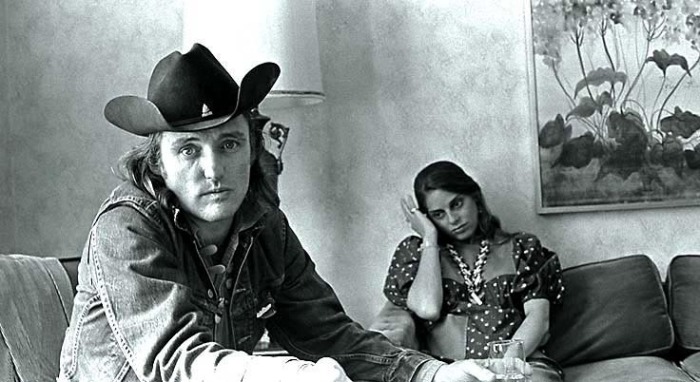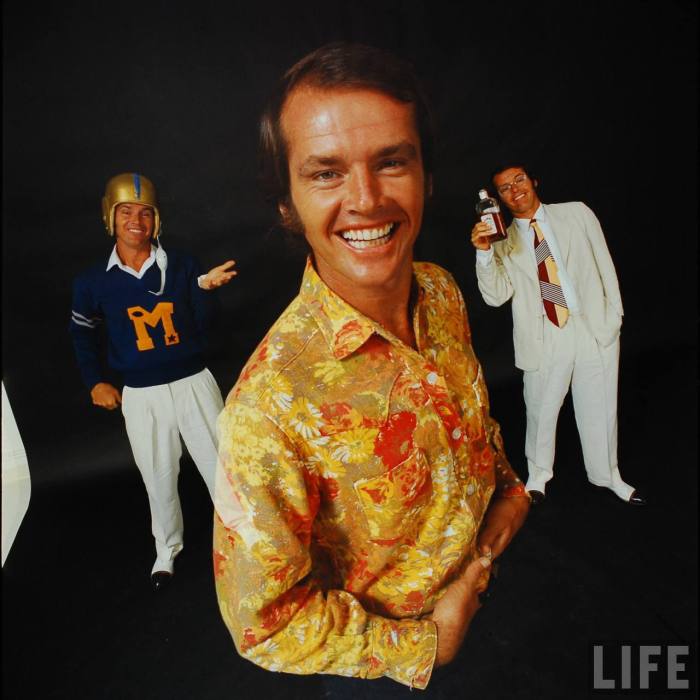Icons James Dean, Elizabeth Taylor and Rock Hudson sharing the silver screen– ‘nuff said? Not quite. While I love the glamour, legend, and lore behind the making of “Giant” (and trust me, we’ll get to that), it rings the social bell– truly ahead of its time, during the largely superficial values of the 1950s.
George Stevens’ 1956 masterpiece “Giant” has been described as– Texas’ own “Gone with the Wind.” Star-studded, sweeping and epic– that bravely chronicles the evolution of the Mexican people from a subservient status to a people worthy of equal rights, respect and dignity through their hard-fought, slow-earned absorption and acceptance in America. It’s a story about social change and ethnic growing pains that was told on the big screen– before the issue was thrust front-and-center in American living rooms during the civil rights movement.
America has a history of making the path to assimilation and acceptance (in this fine country of ours that I love) a downright bloody one. Hatred comes from fear–and fear is born of ignorance. I’ve been down that road myself– most of us have at some point. Like it or not. Maybe the melting pot analogy is fitting here– throw it all in, boil out the bones, cook under high heat until palatable, and serve up warm.
~*~
“In the beginning of “Giant,” the rancher Bick Benedict is always correcting his Eastern-bred wife for treatingthe Mexican servants as deserving of respect. By the film’s end, however, Benedict, played by a young Rock Hudson, comes to blows with a cafe owner attempting to remove a Spanish-speaking patron from his restaurant. Above all its themes, “Giant” is about social change. Hollywood for the first time addressed anti-Hispanic racism.‘Giant’ broke ground in the way it celebrated the fusion of Anglo and Hispanic culture in Texas– and anticipated the social gains that Mexican-Americans would make over the next generation. The movie is as much about race as it is about Texas.”
–
—Benjamin Johnson (Author and Historian)

The Reata Ranch House (seen above in the background) in “Giant” is based on a actual Texas mansion– the Victorian era “Waggoner Mansion” that still stands today in Decatur, northwest of Fort Worth, Texas. George Stevens rejected the hacienda architecture of the traditional Texas ranch house (which is how the Benedict place is described in the Ferber novel). Stevens worried that a Spanish-looking house would be alien to non-Texan viewers. via The huge façade (of the Reata Ranch house) was built in Hollywood and shipped to Marfa on flatcars. It was erected in a corner of the Worth Evans ranch, one of the more imposing holdings of the region. And it was a strange sight, its towers visible for many miles, in the middle of the plains. As it was about a half enclosure rather well constructed, Stevens left it to serve the hospitable Mr. Evans as a hay barn. via
–

1955– Elizabeth Taylor & James Dean in George Stevens’ “Giant.” –Image © Sunset Boulevard/Corbis
“We were working on’Giant’, and we’re out in the middle of Texas. It was a scene that takes place just before Dean discovers oil on his land, where Elizabeth Taylor comes by and he makes tea for her. It’s the first time Dean has ever acted with her. But even though we’re out in the desert in Marfa, there are a thousand people watching us film behind a rope. It’s a scene where Dean has a rifle on his back. He brings her in and makes her tea, and then, suddenly, he stops. And he walks a couple hundred feet away to where these people are watching us, and in front of all of them, he pisses– facing them, with his back to the set. Then he comes back in and does the scene. So, later, we’re driving back to Marfa, and I said, ‘Jimmy, I’ve seen you do a lot of strange things, man, but you really did it today. What was that all about?’ He said, ‘It was Elizabeth Taylor. I can’t get over my farm-boy upbringing. I was so nervous that I couldn’t speak. I had to pee, and I was trying to use that, but it wasn’t working. So I thought that if I could go pee in front of all those people, I would be able to work with her.'” –costar Dennis Hopper via
Continue reading →













